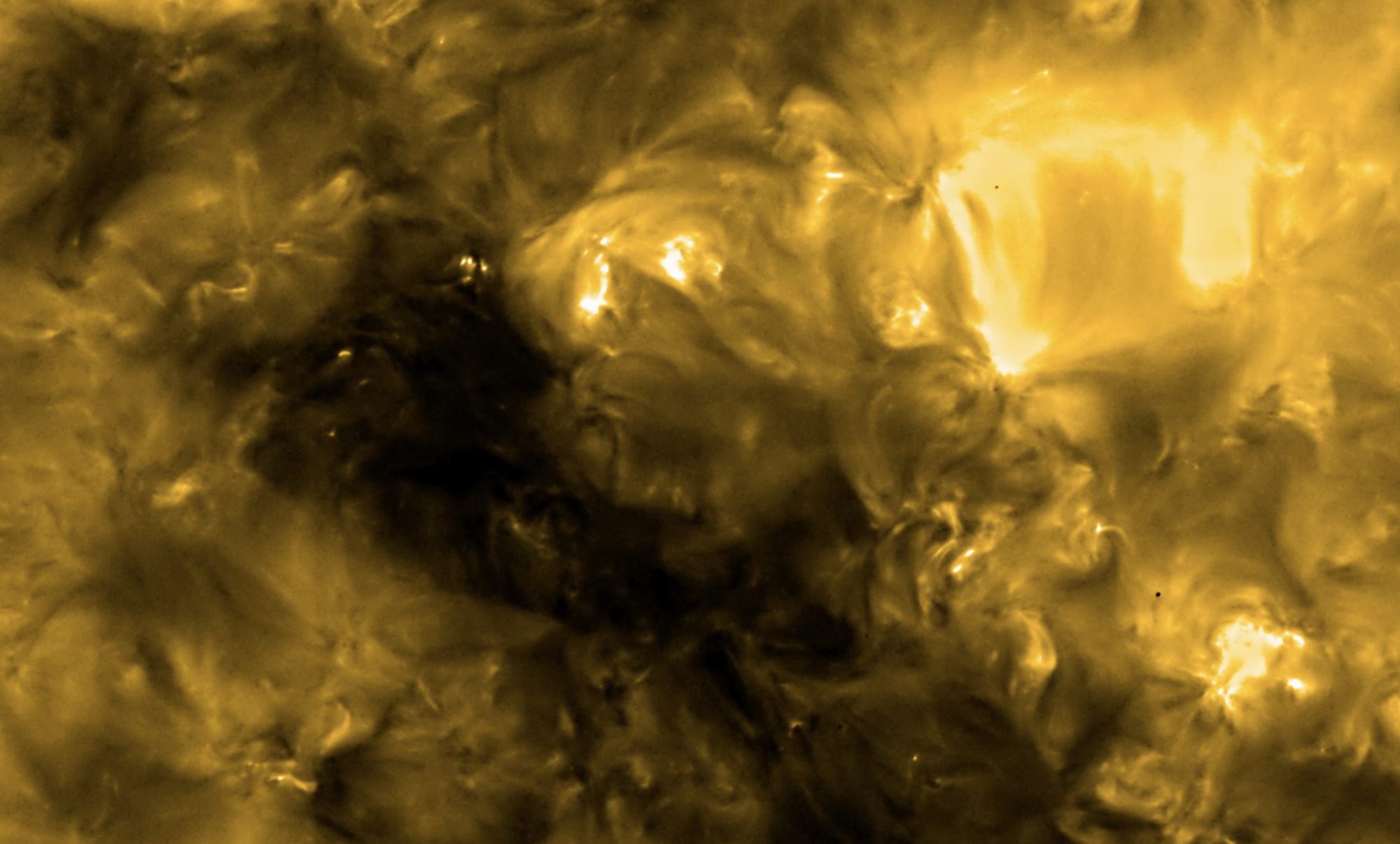Understanding Solar-Terrestrial Data
In amateur radio, the Solar Flux Index (SFI), Sunspot Number (SN), A Index, and K Index are key indicators that influence High-Frequency (HF) propagation in amateur radio.
The SFI and SN are directly related to solar activity. Higher values of SFI and SN are desirable as they indicate increased solar activity, leading to better ionization of the ionosphere, particularly in the F-layer. This leads to stronger and more reliable long-distance communication, and overall improved HF propagation, particularly on higher bands like 10, 12, and 15 meters.
Conversely, amateur radio enthusiasts need A and K index values to be low. The A Index and K Index measure geomagnetic activity. High geomagnetic activity (high A and K Index values) can cause disturbances in the ionosphere, leading to degraded or unstable HF propagation, especially at higher latitudes.
Refer to the on-page reference guide and Solar data to interpret these indicators for optimizing your HF operations.
Reference Guide
Solar Flux Index (SFI)
Higher number the better
< 70: Bad Propagation 80-90: Somewhat bad
90-100: Average
100-150: Good
> 150: Ideal
Sunspot Number (SN)
Higher number the better
< 50: Bad Propagation
50-75: Attenuated
75-100: Average
100-150: Ideal
> 150: Exceptional
A Index
Lower number the better
1 – 5: Best conditions for 10-20 meters
6 – 9: Average conditions on 30 – 160 meters
10+: Very bad conditions on 10-20 meters
K Index
Lower number the better, especially for 10-20 meters
0 – 1: Best Conditions
2 – 3: Good conditions
4 – 5: Average
5 – 9: Very bad


